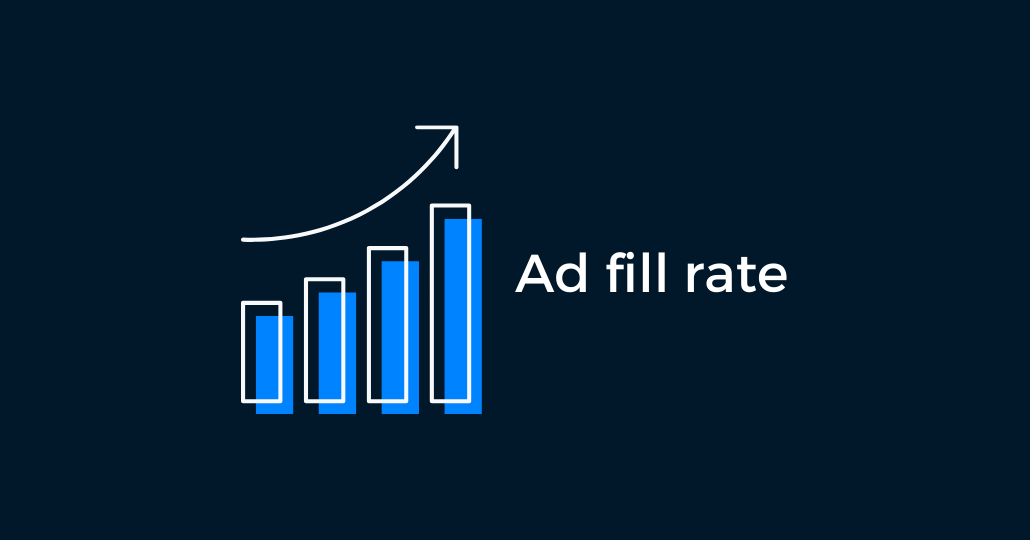Fill Rate Fundamentals: Understanding Order Fulfillment Efficiency
What Is Fill Rate?
Fill rate measures the percentage of customer orders fulfilled without stockouts or delays. It’s a critical supply chain metric that directly impacts customer loyalty and operational efficiency. Businesses use this KPI to gauge inventory management success and identify gaps in meeting demand.
Why Fill Rate Matters: The Backbone of Customer Retention
How Fill Rate Affects Brand Reputation
A high fill rate ensures timely deliveries, reducing cancellations and negative reviews. Conversely, frequent stockouts erode trust, pushing customers toward competitors. Companies prioritizing fill rate optimization often see repeat purchases and improved customer lifetime value.
Calculating Fill Rate: A Step-by-Step Guide
The Fill Rate Formula Explained
To calculate fill rate, divide fulfilled orders by total orders and multiply by 100. For example, fulfilling 950 out of 1,000 orders yields a 95% fill rate. Businesses can refine this metric further by analyzing line-item fulfillment or case-level accuracy for granular insights.
Types of Fill Rate Metrics: Choosing the Right Approach
Order Fill Rate vs. Item Fill Rate
Order fill rate evaluates complete order fulfillment, while item fill rate tracks individual product availability. Combining both metrics helps businesses pinpoint whether issues stem from inventory shortages or logistical inefficiencies.
Strategies to Improve Fill Rate: From Inventory to Delivery
Optimizing Inventory Forecasting
Leverage historical sales data and predictive analytics to anticipate demand spikes. Automated inventory management systems reduce human error and ensure real-time stock visibility.
Strengthening Supplier Relationships
Collaborate with reliable suppliers to minimize lead times and avoid bottlenecks. Diversify sourcing channels to mitigate risks from supply chain disruptions.
Technology’s Role in Maximizing Fill Rate
AI-Driven Demand Forecasting Tools
Advanced algorithms analyze market trends, seasonality, and consumer behavior to optimize stock levels. Machine learning models adapt to changing patterns, reducing overstocking and stockouts.
Warehouse Automation Solutions
Implement RFID tracking and robotic picking systems to accelerate order processing. Automated workflows reduce manual errors and enhance fulfillment speed.
Common Fill Rate Challenges and Solutions
Balancing Cost and Efficiency
Holding excess inventory increases storage costs, while low stock risks lost sales. Adopt a just-in-time inventory model to maintain equilibrium.
Managing Unexpected Demand Surges
Create contingency plans, such as safety stock buffers, to handle sudden order spikes. Regularly audit supply chain resilience to address vulnerabilities.
Future Trends in Fill Rate Optimization
Blockchain for Transparent Supply Chains
Blockchain technology ensures end-to-end traceability, reducing delays from counterfeit goods or documentation errors.

